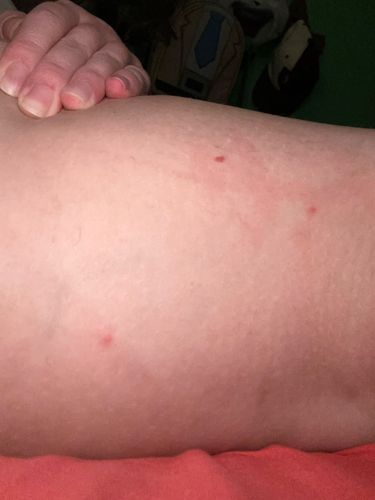Bed Bug
Scientific Name: Cimex lectularius
Order & Family: Hemiptera (Order), Cimicidae (Family)
Size: Adults are typically 4-5 mm (0.16-0.20 inches) in length, about the size of an apple seed. Nymphs are smaller and translucent.

Natural Habitat
Primarily found in human dwellings, particularly in beds (mattresses, box springs, bed frames, headboards), but can also infest furniture, walls, and other structural elements, especially in cracks and crevices, and behind wallpaper. They are common in places with high human turnover like hotels, apartments, and dormitories.
Diet & Feeding
Bed bugs are obligate hematophagous, meaning they feed exclusively on the blood of mammals and birds. Human blood is their preferred meal.
Behavior Patterns
Bed bugs are nocturnal, emerging from their hiding spots at night to feed on sleeping hosts. They are attracted to warmth and carbon dioxide. They often bite in lines or clusters, which is sometimes referred to as 'breakfast, lunch, and dinner.' They are very good at hiding in cracks and crevices, making them difficult to detect and eradicate.
Risks & Benefits
Potential risks include itchy bites that can lead to secondary skin infections from scratching. In rare cases, severe infestations can lead to anemia. They are not known to transmit diseases to humans, unlike many other blood-feeding insects. There are no known benefits of bed bugs to the ecosystem.
Identified on: 9/4/2025